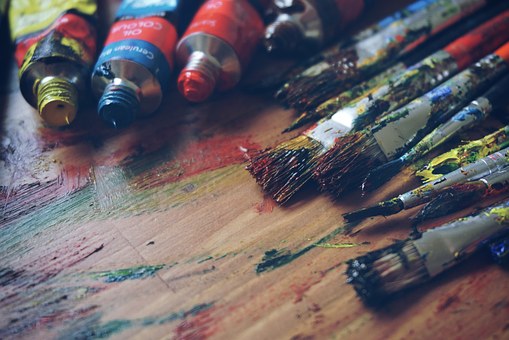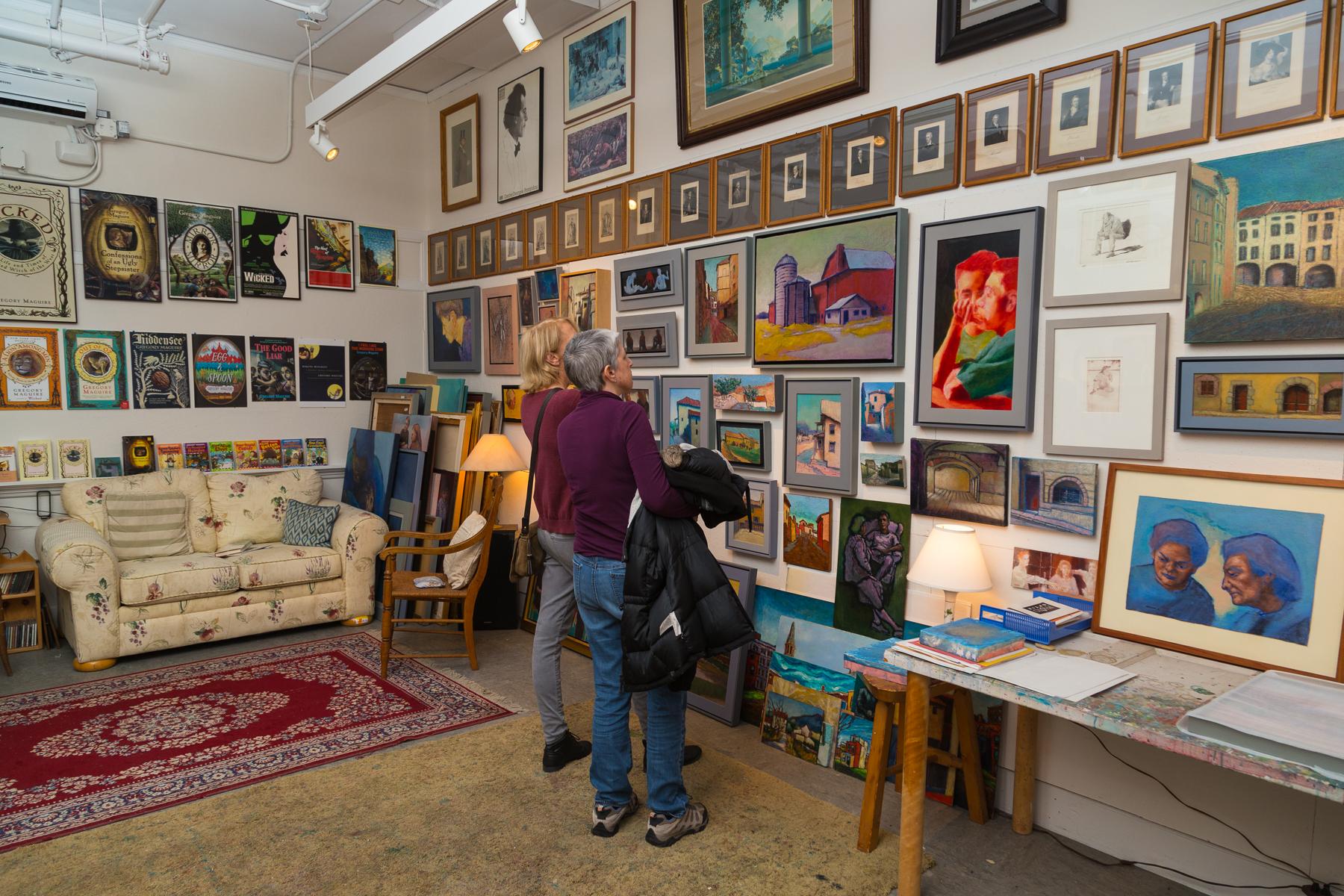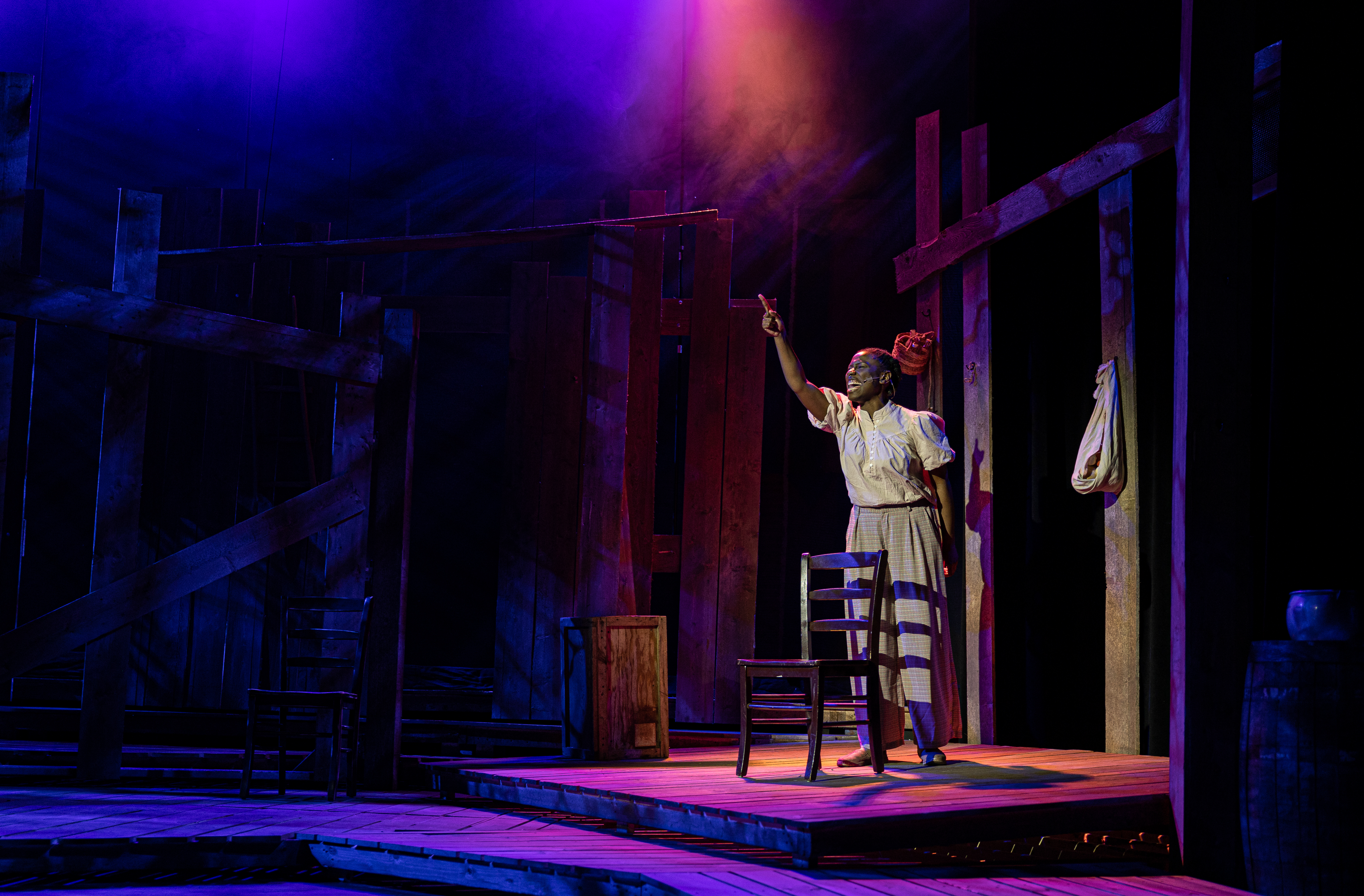Weaving an Address Artist Bios
Sharon Chandler Correnty
Bio: With a BFA in Art Education from the UMass Dartmouth and a Master of Education from Fitchburg State University, Sharon is not only an artist, she brings over 40 years of art education expertise to her craft. With a passion for art and a keen eye for beauty in the discarded, Sharon Chandler Correnty is the spark behind Marigold Studio. Living in Pepperell, MA, Sharon has spent her life learning multiple art techniques as a fiber/textile artist. Her unique ability to breathe life into forgotten items and transform them into stunning creations is what sprouted Marigold Studio, located in Groton MA. Drawing from global travels to roadside discoveries, she meticulously curates deadstock fabric, artifacts, and salvaged pieces. Sharon's unique talent lies in her ability to piece together fabric scraps, weaving captivating stories through her creations. Not only does she create 'new' fabrics from old, but her profound passion for growing and using natural dye allows her to cultivate and control color. Sharon's journey into repurposing and upcycling began in her early years, guided by her family's tradition of creativity. Raised in Harvard, MA, she drew inspiration from her mother, Gloria Marie Chandler, a skilled clothing designer. Gloria is the one who introduced Sharon to the sewing machine and the act of cutting and design.
Ifé Franklin
Artist Statement: My artistic/spiritual practice synchronizes West African ancestral legacies prior to western occupation with traditions created during and after enslavement. I explore how the past and present co-exist by blending art-making strategies that demonstrate how ever-present spiritual, cultural, and improvisational aesthetics are a lifeline to understanding the world. I am a griot, one who is essential in keeping the origins, history, and culture of African Americans alive and vibrant.
I engage in reinventing my art practice through various media. My fiber work is greatly influenced by my grandmother’s quilts and the Yoruba traditions of indigo dying. My drawing series ‘Dogon’ investigates the star cluster Sirius B discovered by the Dogon of Mali West Africa before the invention of the telescope. My sculptures reflect ritual concepts from the Minkisi of the Kongo, while my ancestor processions highlight the connection or ‘crossing over’ of African spiritual worship that became the Black church.
I am a vessel for the collective memories of my ancestors. I am inspired by slave cabins, narratives of the enslaved and of freedmen, Veves from Haiti, and petroglyphs from Puerto Rico. I incorporate motifs, dreams, conjuring/root work, dance, song, performance, photography, film, and video into my art practice. I create art that merges ancestral wisdom with futuristic imagination.
Bio: Ifé Franklin’s practice involves several genres of artmaking inspired by the lives of her ancestry which includes folk tales, slave narratives, dreams, dance, song, culinary arts, varied indigenous African spiritual traditions, photography, and film making. Over the last decade she has been developing Ifé Franklin’s Indigo Project which honors the lives and history of formerly enslaved Africans/African Americans who labored to produce materials that generated the wealth of nations. At the center are Franklin’s Ancestor Slave Cabins which often incorporate Adire fabric, an indigo-dyed cotton cloth decorated using a resist technique from the Yoruba culture. These assemblages are built in collaboration with the community and cultivate connections that promote understanding and healing from the hard history of enslavement. In 2018 Franklin published, The Slave Narrative of Willie Mae, a fictional account of her great-grandmother’s escape from slavery to freedom. The book was adapted into a short film in 2021.
The trajectory of my project is to futurize the work, linking concepts of Afrofuturism, with connections to the celestial world that include the north star and the star cluster Sirius B discovered by the Dogon of Mali, West Africa.
Franklin’s work has been exhibited at The Slave Dwellings Project in South Carolina, the North Charleston Arts Festival, and throughout the Boston area including, The Museum of Fine Arts Boston, Medicine Wheel Productions, Villa Victoria, The Eliot School of Applied Arts, Franklin Park, and the Royall House and Slave Quarters. Her work is in the permanent collection of The Fitchburg Museum of Art, Fitchburg MA, and The National Museum of African American History and Culture, Washington D.C. In 2017 Franklin has been awarded several Grants by the New England Foundation for the Arts, The Boston foundation, The Tanne Foundation, and Olmstead Now. Originally from Washington D.C, she graduated from the School of the Museum of Fine Arts, Boston and has lived and worked in Roxbury MA for over 30 years.
Stephen Hamilton
Artist Statement: I identify simultaneously as an artist, educator, and researcher. My work incorporates both Western and African techniques, blending figurative painting and drawing with resist-dyeing, weaving, and woodcarving. Each image is a marriage between the aesthetic perspectives and artistry of both traditions. As a Black American trained in traditional West African art forms, I treat weaving, dyeing, and woodcarving as ritualized acts of reclamation. I use traditional techniques and materials native to West Africa to reclaim ancestral knowledge dissociated from Africans in the Americas during the transatlantic slave trade. I also use these incredibly time-intensive techniques as a way to honor and reclaim Black labor. The work explores and heavily references the Black body in pre-colonial African art history, creating visual connections between the past and the present by glossing west and west-central African symbolism and iconography. Through the use of this symbolism, I explore themes of power, beauty, gender, and the fluidity and complexity that ties these ideas to issues in contemporary Black thought. This forms a body of work that serves as a conceptual and visual bridge between the ancient and modern worlds. Through this, I explore elements of Black identity through time and space on its own terms. My research praxis gives context and depth to this work. In turn, my art practice becomes the mechanism by which I share the fruits of this research with the world.
Bio: Stephen Hamilton is a mixed-media artist, researcher, and arts educator living and working in Boston, Massachusetts. He is currently a fourth-year Ph.D. Student in Harvard's AAAs Program focusing on African Studies and African History. Hamilton has been an exhibiting artist for the past ten years. These include solo and collaborative exhibitions at the Medicine Wheel Spoke Gallery, Boston MA, (2020) The Museum of the National Center for African American Artists, Boston MA (2016); The Joan Resnikoff Gallery, Boston MA (2014). For the past two years, Hamilton has worked on temporary site-specific large-scale mixed-media textile and sculpture installations. These include “The Founder's Project” previously located at the Bruce C. Bolling Building In Boston MA (2018-2019), and “Stitched Into Memory” previously located at Atlantic Wharf, also in Boston MA (2017). Hamilton has worked in the permanent collections of Private collectors as well as The Museum of Fine Arts Boston, The Rose Museum at Brandeis University and The Institute of Contemporary Art Boston. Hamilton graduated from Massachusetts College of Art and Design in 2009 with a focus on illustration. Thanks to a travel grant from Arts Connect International, he also studied Yoruba weaving, dyeing, and woodcarving at the Nike Centers for Art and Culture in Osogbo and Ogidi Ijumu, Nigeria, from 2015 to 2016. He was an assistant professor in the Illustration Department of Massachusetts College of Art and Design from 2016-2021.
Whit Harris
Bio: Whit Harris (b. 1985, Brooklyn, NY) is a multi-disciplinary artist working across drawing, painting, and ceramic media. Her works feature figures that stretch, recline, wriggle and contort themselves in exaggerated expressions as they navigate otherworldly environments. The narratives become metaphors for the artist’s psychological adaptation to unpredictable and hostile environments borne out of anti-black social structures. Harris was awarded a 2024 NYSCA/NYFA Fellowship in Painting. She has exhibited in group exhibitions in New York, Miami, Los Angeles, Seattle and Munich and has had solo exhibitions at New York and Los Angeles galleries. Harris holds an MFA from Hunter College, New York, and works as an adjunct professor at both Brooklyn College and Borough of Manhattan Community College. She lives and works in Brooklyn, New York.
Artist Statement: The Prospector is a large carved blue head, with half the face protruding sideways from the ground as if emerging—or being uncovered—from the earth. The work began as an exploration of the laboring body, fragmented and repositioned in relationship to the land. I focused on the head because, when isolated from the body, it remains the most immediately recognizable marker of human form. I was interested in how different parts of the body could act as surveying tools—ways of knowing or encountering terrain.
In considering the land’s history and the story of Brister Freeman, an early Black inhabitant of the area, I imagined a narrative in which he takes on the role of a prospector. I envisioned him contorting his body close to the land—pressing into it, listening through it—as a way of forming a deeper connection with it.
The form originated as an irregular brick of foam resembling a boulder, eventually carved into the left half of a human face and ear. When turned on its side, it gave the illusion that the rest of the head was still buried—hidden beneath the surface.
This partial visibility evokes themes of absence in historical records—particularly the fragmented or erased presence of certain figures. The urge to “uncover” what’s hidden points to a desire for a fuller understanding of the people who previously occupied this land, both known and unknown.
The exaggerated scale of the head recalls myth-making: the way history often enlarges certain figures to heroic or symbolic proportions. While this can elevate a narrative, it can also distort or erase complex truths. The blue surface heightens the surreal presence of the form while referencing lapis lazuli—an ancient, highly symbolic stone once sought by explorers and prospectors. Its richness and rarity echo the themes of value, extraction, and desire tied to land and labor.
Freeman, who served as a soldier in the Revolutionary War, likely witnessed death and brutality. The disembodied head—reclining on its side, its one eye open—resembles a half-buried corpse slowly revealed by time. It gestures toward the physical death required by settler expansion, and toward a karmic unearthing of the colonial histories buried beneath us.
I’m always drawn to human interiority and to unseen narratives expressed through the body. There is perhaps nothing more bodily than death—the ultimate separation of body and soul. The return of the body to the earth is both literal and symbolic, and the stories that exist between life and death are often where our most enduring myths are born.
Ekua Holmes
Artist Statement: "My attraction to collage as a primary medium harkens back to childhood pastimes of arranging vinyl Colorforms, cutting paper dolls and pasting green stamps in books. In those days I lost myself collecting discarded items, creating shapes and colors, and arranging them to tell intimate stories. Collage excels as a democratic medium, available to anyone with a glue stick. It allows us to splice timelines and traditions, new with old, soft with hard, contemporary with ancient. It is simultaneously individual and collective. It allows us endless possibilities to express the landscape of contradictions and conflicting narratives that live within us. Collage is alchemy, transforming chaos into meaning and trash into treasure. It is where I am most at home."
Bio:
“Holmes’ layers of cut, torn, painted, and manipulated paper add a richness of depth to each imaginative scene, steeped in maturity and history, and brimming with color and optimism.”
—ArtScope Magazine
Ekua Holmes is a native of Roxbury, MA and a graduate of the Massachusetts College of Art and Design. As an artist, designer, and most recently as an illustrator of children’s literature, she has become a keen observer of her environment and repeatedly chooses it as her subject matter.
Her work features memories and contemporary subjects infused in the layers of her collages. Voices from the past can be found in scraps of vintage wallpapers, snippets of yesterday’s news and pieces of discarded costume jewelry, laid upon fields of primary colors and multiple textures. Holmes uses these elements to bring a fresh approach to universal subjects encompassing family, childhood, relationships, hope and faith.
“Voice of Freedom, Fannie Lou Hamer: Spirit of the Civil Rights Movement,” was released in 2015 featuring illustrations by Holmes in her debut publishing project. In 2016 the book garnered a Caldecott honor, a Sibert honor, and a Boston Globe Horn Book Award. In addition, Holmes won the Society of Illustrators Silver medal and the Coretta Scott King John Steptoe award for New Talent. In 2018 and 2019 “Out of Wonder: Poets Celebrating Poets,” and “Stuff of Stars” featuring Holmes’ illustrations garnered back-to-back Coretta Scott King Illustrator Awards.
Holmes is the founder and lead artist of the Roxbury Sunflower Project, now in its 7th year. The project is a collective community installation which distributes free sunflower seeds as well as inviting urban residents to plant and nurture sunflower gardens in and around Roxbury as symbols of the community’s resilience and radiance.
Currently Holmes directs MassArt’s sparc! the ArtMobile, pursuing a mission to “ignite art and design in the neighborhood!”
Perla Mabel
Artist Statement: My practice is an ongoing dialogue between the sacred, the personal, and the political—an exploration of how memory, culture, and spirituality converge through material, color, and form. Drawing from my Afro-Caribbean heritage and queer identity, I aim to transcend the constraints of traditional portraiture by engaging with the rich, ritualistic practices of Santería, ancestral reverence, and folk traditions. Each installation I create is a prayer, a labor of love, and an offering to my ancestors and to those I hold dear.
In my work, I honor the intersections of my identity, using materials like satin, beads, and found objects to transform each painting into a living altar. My process is deeply informed by ancestral guidance and divination, where color, composition, and scale are often shaped by the wisdom shared by elders. Like the ritualistic altar-building traditions in my culture, my art serves as a space for spiritual healing and reflection. I paint to give my ancestors their flowers while they can still smell them, and to preserve the essence of those I love, holding them in sacred reverence.
For me, painting is an intimate act of connection, where the personal is folded into the cosmic. In works like Morir Soñando and Fuego Violeta, I channel the spiritual forces that shape my experience, drawing upon the sacred practices of my Indigenous and African roots to craft portraits that are at once deeply personal and universally resonant. In Ascension, I explore the painful and transformative nature of trauma, using symbolism and tactile elements to reflect the paradox of spiritual death and rebirth. These works do not simply depict subjects; they embody rituals of protection, prayer, and empowerment.
The mythologies of my heritage, such as the figure of La Ciguapa, also weave their way into my work, reflecting my connection to folklore, storytelling, and the interdimensional nature of my existence. As I build these works, I envision my creations as living beings—spirits that transcend time and space, moving between worlds and claiming agency over their own narrative. In Ciguapa, I embody a warrior spirit, one that calls upon the strength inherent within me, while simultaneously acknowledging the forces of colonization that seek to erase my history.
My practice is not just an exploration of identity; it is a sacred act of witnessing and honoring those who have come before me and those who walk alongside me. I paint as a form of resistance, not just against the erasure of my culture, but against the silencing of those who dare to exist in their embodied truth. Through my work, I invite the viewer into a space where the past, present, and future coexist—where tradition and transformation are one and the same.
This work is a meditation on beauty, strength, survival, and the continuous act of becoming. My hands are my prayer; my art, my offering. Through this program, I look forward to engaging with new perspectives that will challenge and enrich my practice, fostering dialogue between tradition and transformation.
Marla McLeod
Artist Statement: Marla creates figural works using paintings, textiles, and sculpture. Her bodies of works are both 2-D and 3-D representations which highlight how historical events influence individual lives on a personal level. The selected series of works reflect topics such as family, freedom, and social connections.
Bio: McLeod is an artist, curator, and educator. Currently a Wagner Foundation Studio Resident at the Boston Center for the Arts, she has most recently received a sculpture award from Concord Art Association. In 2023 as the Aminah Robinson Resident Artist she opened her first solo museum exhibition at the Columbus Museum of Art in Columbus, Ohio. Her work has been previously exhibited in spaces such as the Boston Sculptors Gallery, Boston City Hall, the deCordova Museum Triennial, Mighty Real/Queer Detroit, and Black Portraitures at NYU. She has received the Walter Feldman Fellowship from the Arts & Business Council of Greater Boston, and she is one of the 2024-2027 Boston Center for the Arts Studio Residents.
She is currently an Adjunct Professor at Massachusetts Institute of Technology (MIT) and Southern Connecticut State University in CT.
Kimberly Love Radcliffe
Bio: Kimberly Love Radcliffe is a self-taught fiber artist from New London, Connecticut. She is incompliant with the oppressive rules of traditional quilt making. Instead, she chooses to rely on the whispers of wise ancestors, intuition and imagination to support her creativity. Resisting the rules set forth by others impelled Kimberly to develop her voice and intention with her quilted art. Kimberly’s colorful quilts tell stories of family, history, literature and cultural traditions. These quilts archive eloquent memories and moments in time on this artist’s journey. Her process includes various stitching techniques to create textures, mixed media construction, thread painting and the use of repurposed materials. Kimberly’s favorite color is green. When she is not creating art, Kimberly enjoys growing indoor and outdoor plants.
Anthony Peyton Young
Artist Statement: Eternal Presence: Ancestral Remembrance - In my ceramics I draw inspiration from face jugs and their uses as grave markers of enslaved ancestors who passed on, as well as spiritual objects that were believed to scare off evil spirits. With my ceramics I aim to create vessels utilized for healing, memorialization, and spiritual cleansing which are functional and able to hold a liquid libation, to pour out for those who’ve passed or for ancestral spiritual protection. In my installation Eternal Presence: Ancestral Remembrance, I take inspiration from southern haint trees which were blue bottle trees used to keep evil/negative spirits away from your home or a space. In this piece I create a space of healing and remembrance placing over 100 face jugs within the trees. The face jugs take inspiration from former inhabitants of Walden Woods, black queer activists, and artists who have encountered the area and who have made a major contribution to the Black community
Bio: Anthony Peyton Young is a Boston/Charleston based artist born and raised in Charleston, WV. Working primarily in painting, drawing, ceramics, and collage, Young’s work explores methods of memorializing, healing, family traditions, black/black queer intimacy, and the spaces we use to activate these actions. He earned his B.A. from West Virginia State University and his M.F.A. from School of the Museum of Fine Arts/ Tufts University. Young has won awards such as the School of the Museum of Fine Arts/Tufts University Traveling Fellowship and the Walter Feldman Fellowship for Emerging Artist. His work is included in the collection of the Museum of Fine Arts Boston, Simmons University, and Juliette Art Museum. He has also been featured in publications such as Gay Letter Magazine, New American Painting, Evergreen Review, and The Boston Globe. Young has presented his work at Simmons University, Bemis Center for Contemporary Arts, and Harvard’s Black Portraiture Conference.






